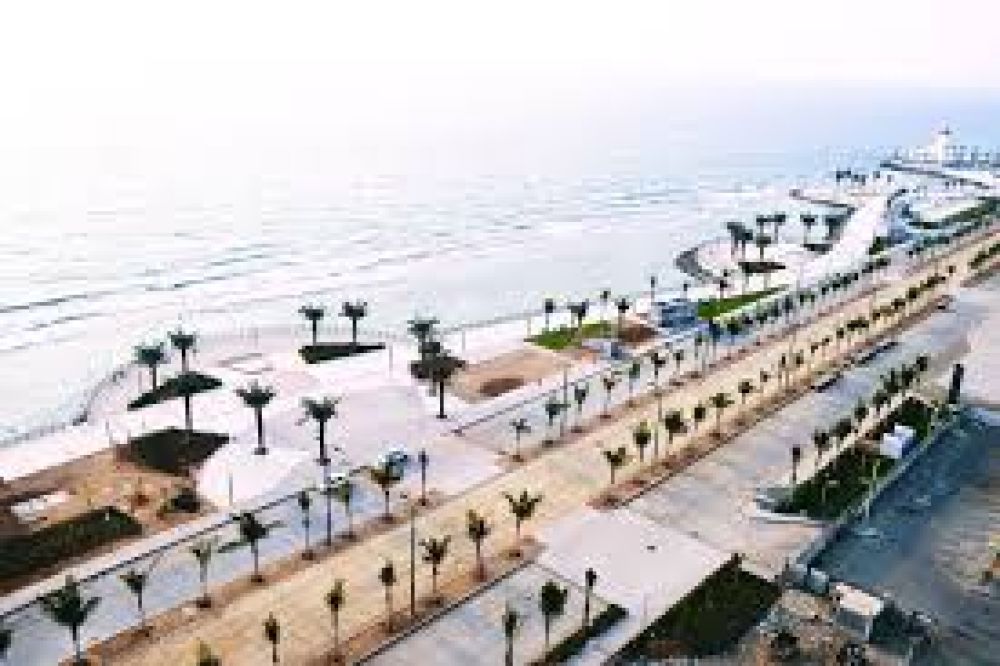

Jeddah, often referred to as the gateway to the holy cities of Mecca and Medina, has a rich history intertwined with trade, culture, and religion. However, its coastal location on the Red Sea also makes it a prime spot for those seeking leisure and recreation. The Jeddah Waterfront, also known as the Corniche, is one of the latest and most significant developments aimed at bolstering tourism in the region.
Historically, Jeddah's primary allure for visitors was its role as the main port for pilgrims heading to Mecca. Over the years, this transformed the city into a melting pot of cultures and a center for commerce and trade. Recognizing the potential in leisure tourism, the government of Saudi Arabia started investing in infrastructure to boost the city’s appeal as a destination beyond religious tourism.
The tourism landscape in Jeddah began evolving rapidly with the introduction of luxury hotels, resorts, and public spaces that catered to both international tourists and the local population. Jeddah's Corniche, which stretches for many kilometers along the Red Sea, has been a popular spot for picnics, leisurely strolls, and fishing for decades.
Understanding the draw of the sea, the Saudi government launched an ambitious project to redevelop the Jeddah Corniche area, creating the Jeddah Waterfront. This development was envisioned to elevate the standard of urban spaces and provide residents and tourists with a world-class recreation area.
The project spans over 4.2 kilometers and features a comprehensive renovation and expansion that includes beautiful landscapes, artistic sculptures, and modern facilities. The redevelopment includes walking paths, seating areas, and lush gardens that make it an attractive location for families and fitness enthusiasts. Additionally, the waterfront is equipped with amenities such as beach sports areas, children’s play zones, and fountains, further enhancing its appeal.
In recent years, the tourism trends in Jeddah have been significantly influenced by Saudi Arabia's Vision 2030, which aims to diversify the economy and reduce its dependency on oil. As part of this vision, the Kingdom is heavily investing in the tourism sector, opening its doors to international travelers like never before.
Bold initiatives such as the introduction of the e-visa system for tourists and the development of entertainment sectors, including the Red Sea Project, are indicators of the changing face of tourism in Jeddah and the wider region. Events like the Jeddah Season, which features concerts, sporting events, and cultural activities, are indicative of a growing focus on event tourism.
Ecotourism and sustainable travel are also burgeoning trends, with visitors becoming increasingly interested in the Red Sea's marine life and coral reefs. Likewise, adventure tourism, which leverages the diverse landscapes of the region—from deserts to coastal areas—has been gaining traction.
As a testament to Jeddah's rising profile, the waterfront, with its state-of-the-art design and attractions, continues to serve as a symbol of the city's modern aspirations and its commitment to becoming a premier destination on the global tourism map.